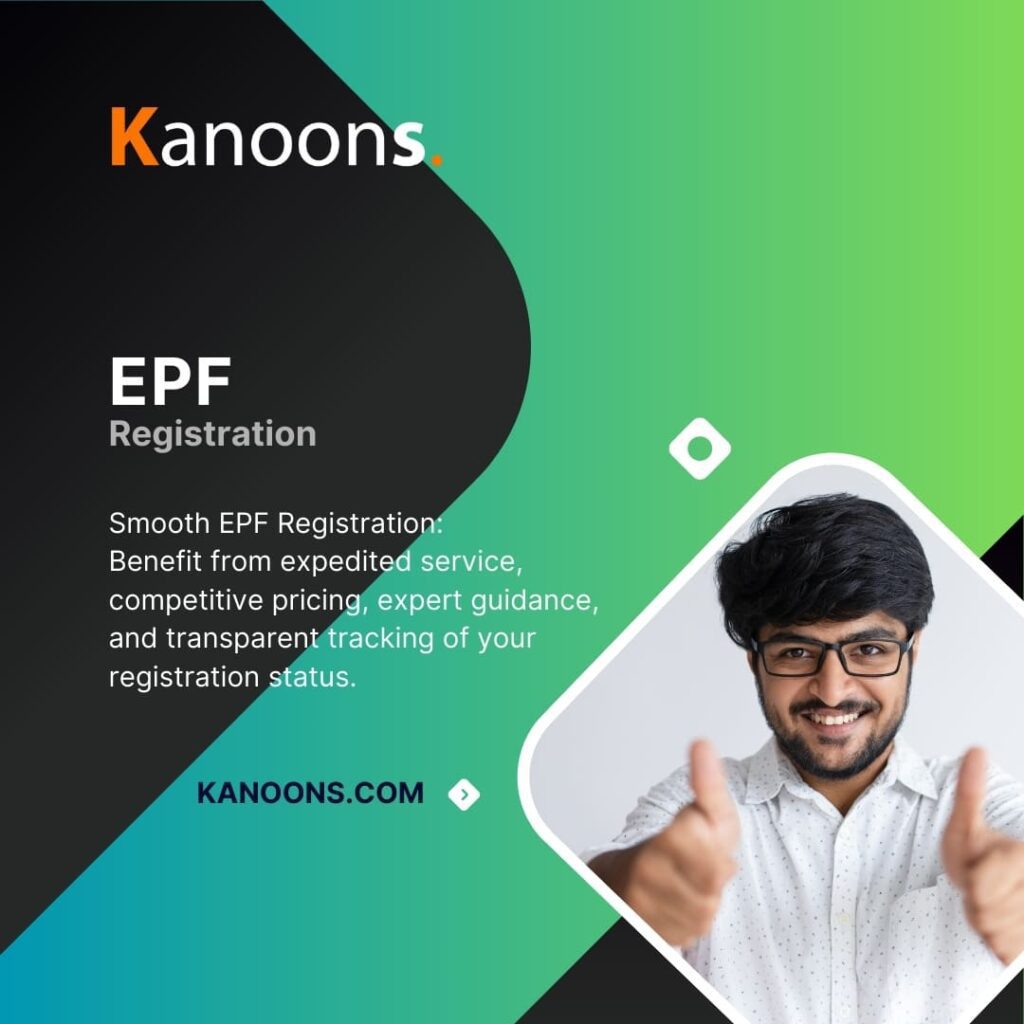
PAN of the Company/ Proprietor/ Partnership
Certificate of Incorporation or Business Registration Proof
GST Registration (if applicable)
Address proof of the business
Employee details with salaries and joining dates
Digital Signature of the employer
Terms & Conditions
Eligibility
Applicable to all employers with 20+ employees or voluntary applicants.Timelines
Registration usually completed within 3–5 working days from document submission.Accuracy
All employee and salary details must be accurately submitted to avoid compliance issues.Government Portal Dependency
Processing depends on EPFO portal response times.Refund Policy
No refunds once registration is filed; correction support is available.Data Security
All shared documents are kept confidential and secured as per our privacy policy.
PF Registration
Ensure employee welfare with Provident Fund compliance under EPFO. Mandatory for businesses with 20+ employees.
EPFO Registration is required for employers under the Employees’ Provident Funds and Miscellaneous Provisions Act, 1952, once they hire 20 or more employees. Through this registration, both employers and employees contribute to the Employees’ Provident Fund (EPF), which serves as a long-term retirement and security benefit for the workforce.
Once registered, the employer must deduct, deposit, and file EPF returns regularly. At Kanoons, we provide complete support for EPFO registration, UAN generation, and monthly compliance.
Why Choose EPFO Registration? (Advantages & Disadvantages)
Advantages:
- Social security for employees
- Tax benefits under 80C for employees
- Employer branding and talent retention
- Compliance with labor laws
- Easy claim and withdrawal process for employees
Disadvantages:
- Monthly compliance burden
- Penalties on delayed contributions
- Inflexibility in contribution percentage
- Regular employee record maintenance needed
Who Should Register an EPFO?
- Businesses with 20 or more employees (compulsory)
- Voluntary registration for employers with fewer than 20 employees
- Organizations in manufacturing, services, education, or other sectors
- Startups hiring full-time staff on payroll
- Employers who wish to offer PF as an employee welfare benefit.
Documents Required for EPFO Registration
- PAN of the Company /Proprietor /Partnership
- Certificate of Incorporation or Business Registration Proof
- GST Registration (if applicable)
- Address proof of the business
- Employee details with salaries and joining dates
- Digital Signature of the employer
EPFO Registration Process (Step-by-Step)
- Consultation – Assess eligibility and gather business information Document
- Collection – Collect PAN, GST, employee list, etc.
- Application Filing – File EPFO registration online
- PF Code Generation – Receive employer PF code
- Post-Registration Setup – UAN generation, ECR filing setup, and compliance calendar
Kanoons ensures a hassle-free, 100% online EPFO registration process!
What’s Included in Our EPFO Registration Package?
- Employer Registration with EPFO
- PF Establishment Code
- Employee UAN Generation Guidance
- Compliance Calendar for Monthly Filing
- Advisory on Wage Structure and Benefits
Post-Incorporation Compliances for Public Limited
✔ Deduct 12% PF from employees’ wages and contribute employer’s 12%
✔
Monthly filing of Electronic Challan-cum-Return (ECR)
✔
Generation and management of UAN (Universal Account Number)
✔
Maintain PF records and employee-wise ledger
✔
File annual returns and update EPFO records as needed
Why Kanoons?
🌟 Quick online EPFO registration
🌟
Complete documentation and portal setup
🌟
UAN generation and linking assistance
🌟
ECR filing and payment reminders
🌟
Support with inspections and notices
Failure to meet EPFO obligations can result in severe consequences:
- Delay in PF payment attracts interest @12% per annum
- Penalty up to ₹25,000 or imprisonment for willful default
- Inspection and legal action by EPFO authorities
- Disqualification from tenders and government projects
- Loss of trust and employee dissatisfaction
Valuable insights to change your startup idea
FAQ
EPFO's Frequently Asked Question
Is EPFO registration mandatory for all companies?
What is the contribution rate for PF?
Can I register for EPFO voluntarily if I have less than 20 employees?
What is UAN and who generates it?
Is there any benefit for employers in registering under EPFO?
What happens if I fail to deposit PF on time?
Get Started Today!
Register Your EPFO Now & Get Legal Compliance Support!
Limited-Time Offer
Get Your EPFO Registered at ₹4,999!
Take the first step towards building a legally recognized and protected business. With Kanoons, experience a hassle-free, fully online EPFO Registration backed by expert legal and compliance support.
Quick Links
Service Offerings
© 2025 Copyright. All Rights Reserved by Kanoons
Kanoons.com, owned and operated by Kanoons Law & Tax Consultants Private Limited, is your trusted partner for taxation, legal compliance, and business registration across India. Whether you are an individual, a startup, or a growing enterprise, we provide expert guidance to navigate complex financial and regulatory landscapes seamlessly. From income tax filing, GST registration, and business incorporation to responding to legal notices, handling corporate audits, and trademark protection, we ensure a hassle-free experience.
Our expert team assists in income tax and TDS filing, simplifying tax compliance for salaried individuals, businesses, and professionals. We provide startup registration, MSME certification, IEC code, FSSAI licenses, trade licenses, and corporate compliance solutions to ensure smooth business operations. Entrepreneurs and businesses can also rely on us for intellectual property rights (IPR), including trademark, copyright, and patent registrations, along with legal support for litigation, summons, and regulatory matters.
By accessing Kanoons.com, you agree to our Terms & Conditions, Privacy Policy, Refund and Returns Policy and Disclaimer. All legal services are provided by our panel of experienced advocates, chartered accountants, and tax consultants. The use of this website does not establish a client-attorney relationship. We ensure confidentiality and data protection in compliance with applicable laws.
The wordmark "Kanoons" and its logo are the exclusive property & registered mark of Kanoons Law & Tax Consultants Private Limited. Any unauthorized use, reproduction, or modification is strictly prohibited and subject to legal action.
For support, queries, or legal consultation, contact our expert team today and experience 100% compliance with accuracy and efficiency.



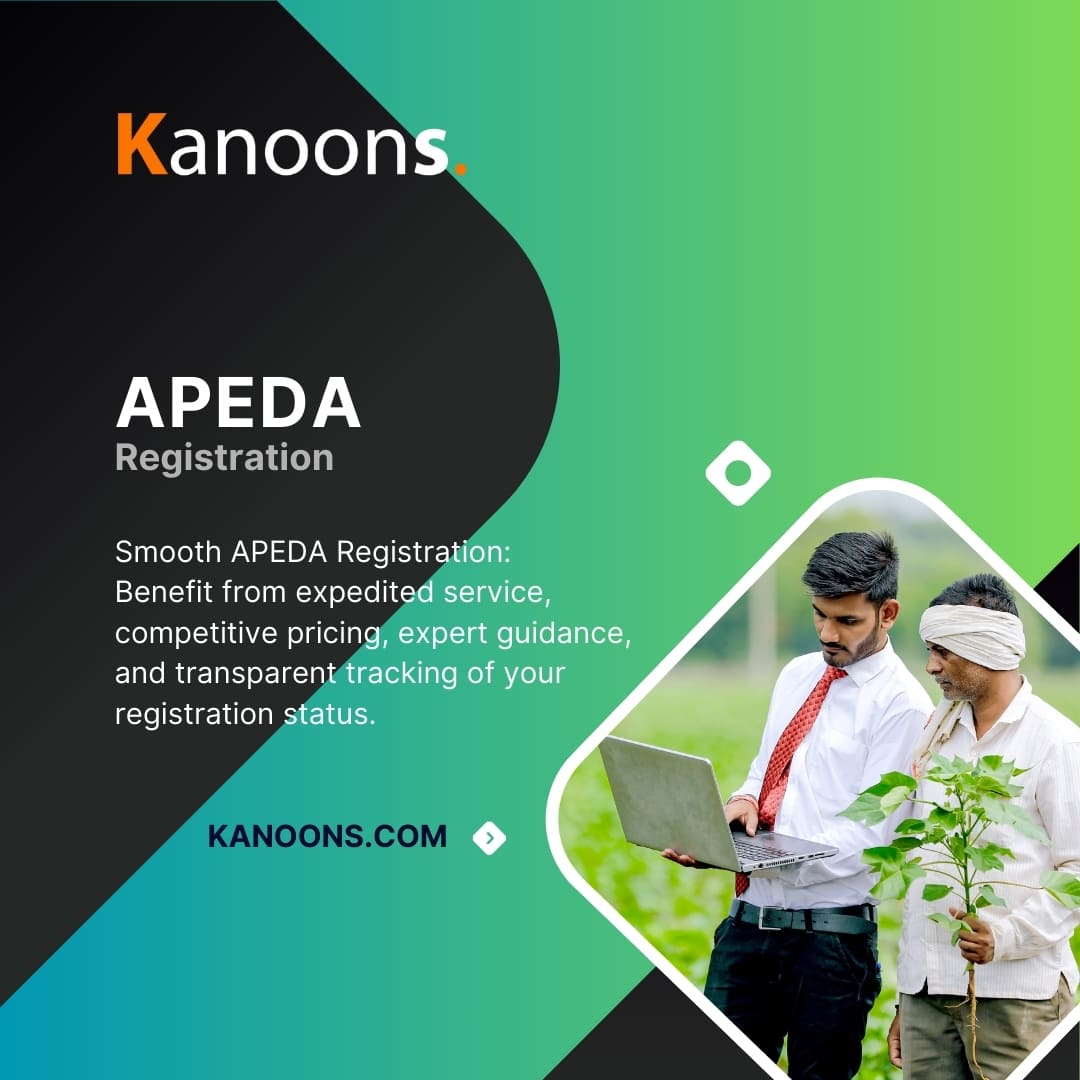

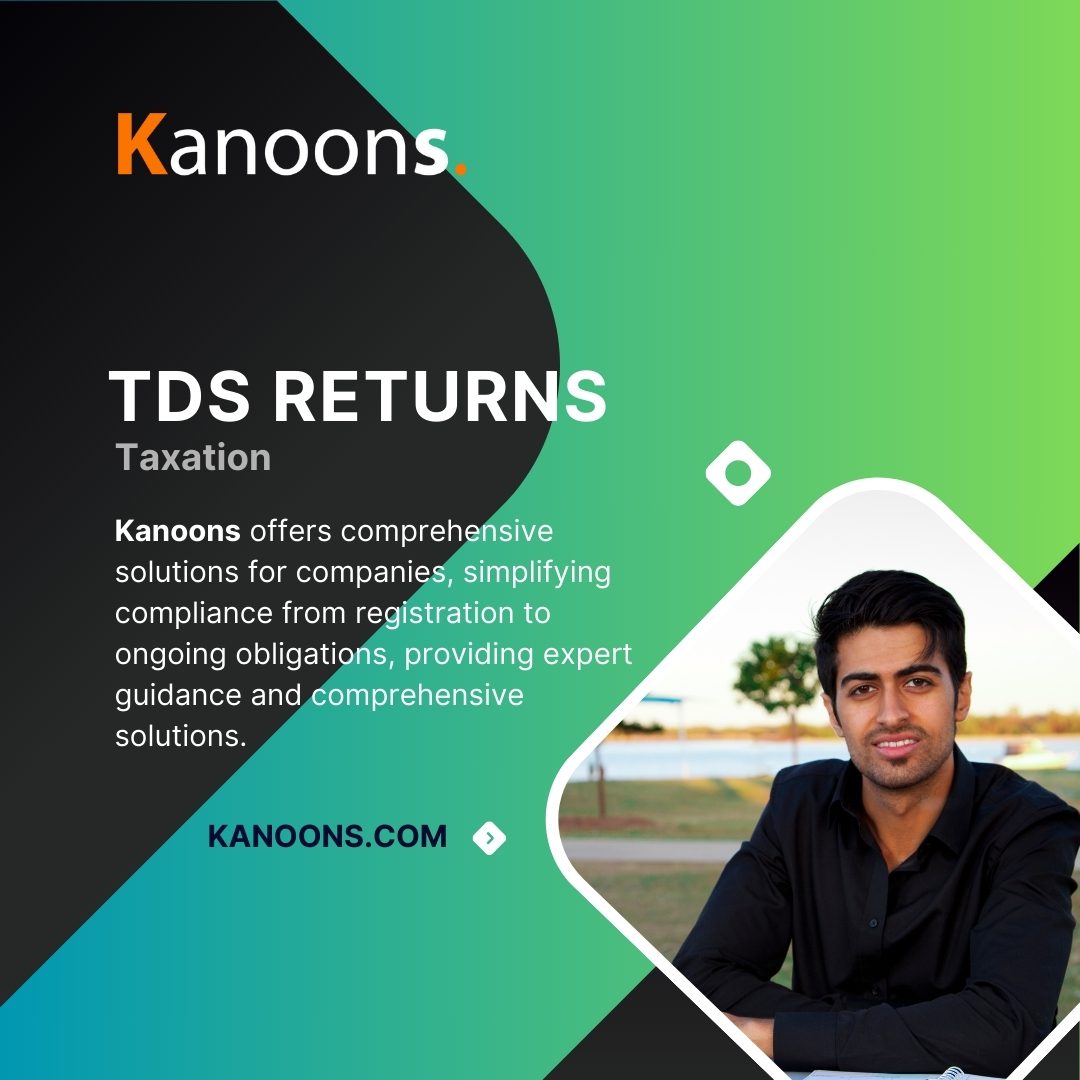
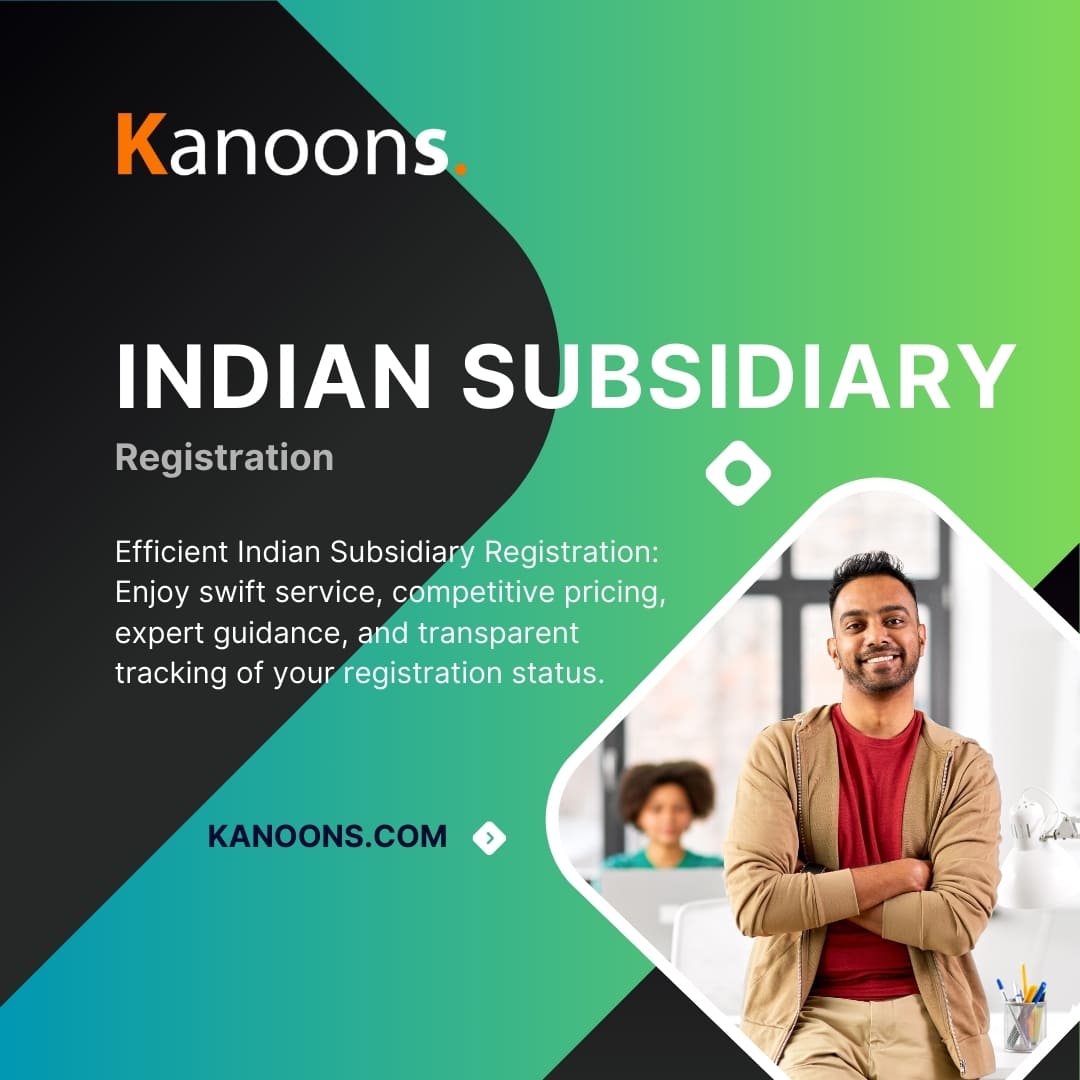

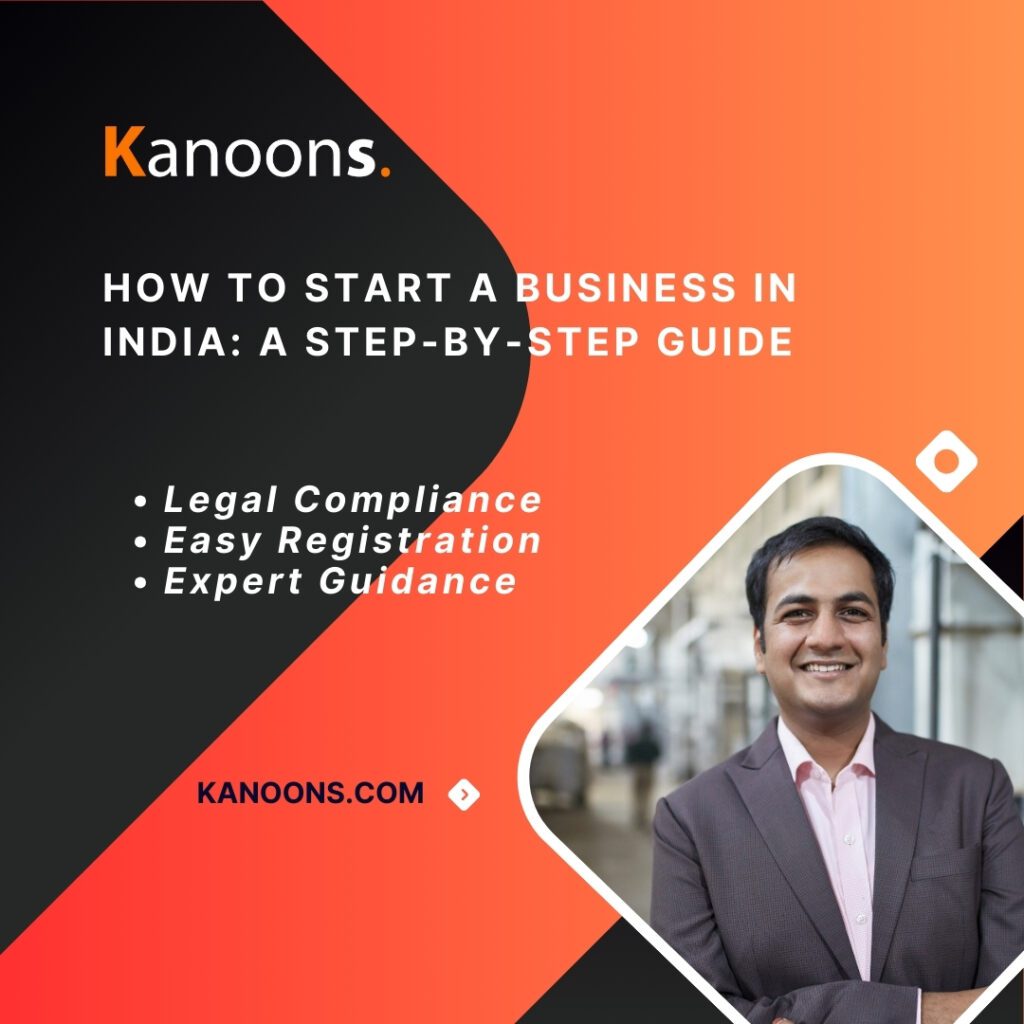


"Kanoons got our EPFO registration and UAN setup done within 3 days. Very professional."
Rachna S. HR Manager